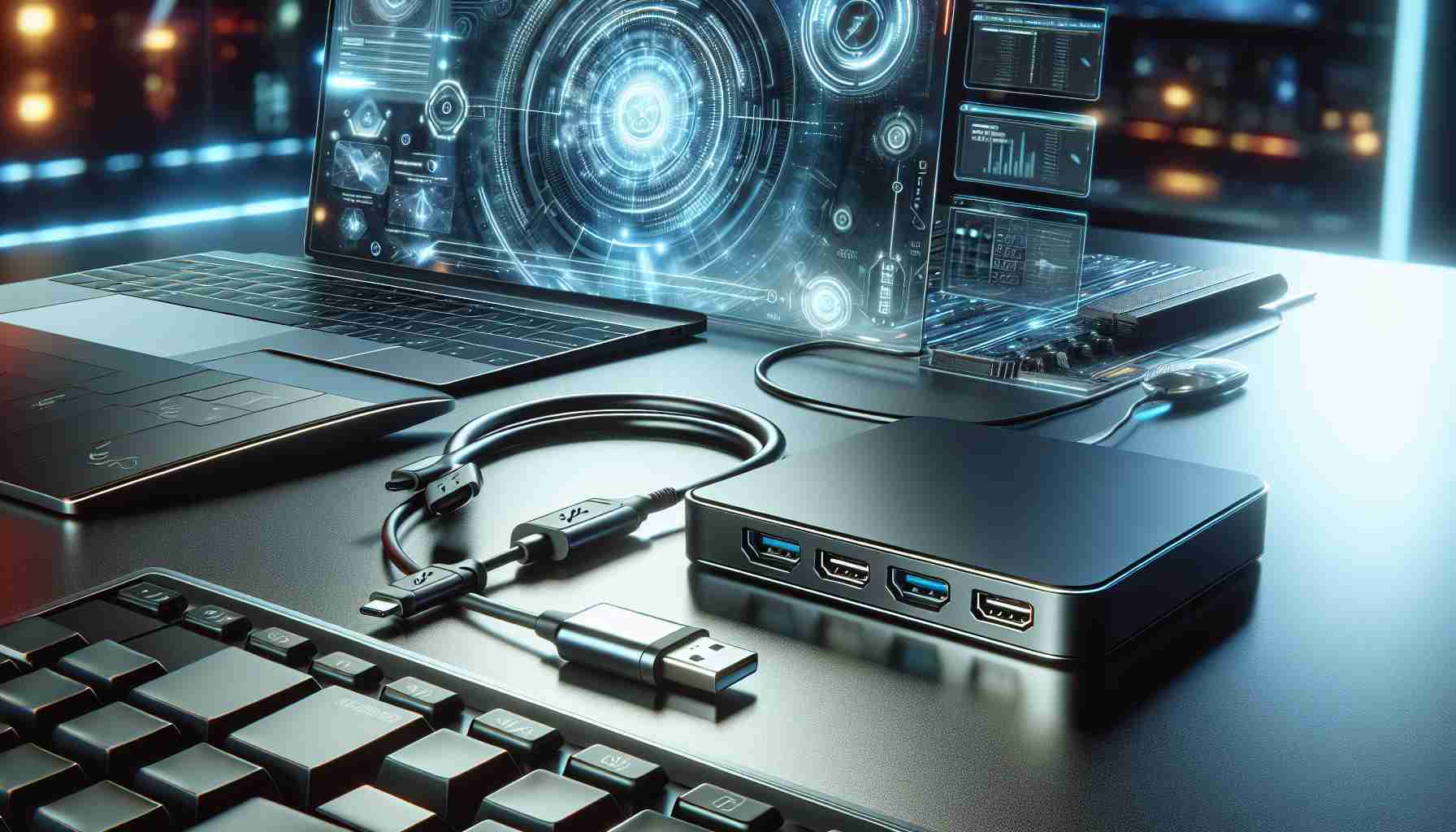Apple Embracing the Future
Apple’s shift to USB-C on its devices revolutionizes the way users connect and charge their gadgets. From the iPhone 15 Pro to the latest Macs, the move away from Lightning towards USB-C offers versatility and faster data transfer speeds aligning with modern technological requirements.
A Case of Innovation
The decision to adopt USB-C on Apple products stems from a desire to keep up with industry trends and standards. While Apple loyalists may have been accustomed to the Lightning port, the shift to USB-C promises a universal approach to connectivity, allowing for seamless compatibility with various accessories and peripherals.
Breaking Barriers with USB-C
The transition to USB-C was inevitable, as seen in the adoption of this technology by other smartphone manufacturers and the EU regulatory landscape. The shift not only enhances convenience for users but also aligns with sustainability efforts by promoting the use of a universal connector and reducing electronic waste.
Enhanced Charging Capabilities
The universal USB-C charging capability allows users to simplify their charging setup by using a single cable across their Apple devices. Additionally, the newfound ability to charge other accessories with the iPhone 15 battery showcases the versatility and practicality of the USB-C port.
Seamless Connectivity to External Displays
With USB-C, users can easily connect their iPhone to external displays without the need for cumbersome adapters. This streamlined approach enables users to showcase their content on larger screens effortlessly, bridging the gap between mobile and desktop experiences.
Expanding Storage Options
The introduction of USB-C on Apple devices opens up opportunities for users to expand their storage capabilities through portable hard drives and SD cards. Whether importing photos directly from an SD card or recording high-quality videos to USB-3 storage, the enhanced connectivity options empower users to enhance their creative endeavors.
Overall, Apple’s transition to USB-C signifies a step towards a more connected and efficient digital ecosystem that caters to the evolving needs of consumers in a rapidly advancing technological landscape.
Advancing Connectivity with USB-C on Apple Devices: Unveiling Key Insights
As Apple continues to embrace the future with its adoption of USB-C technology across its devices, several critical questions arise regarding this pivotal shift. Let’s uncover some important considerations and delve deeper into the advantages, disadvantages, challenges, and controversies associated with this revolutionary move.
Key Questions:
1. Why the Switch to USB-C?: What factors drove Apple to transition from the familiar Lightning port to the more universal USB-C standard?
2. Impact on Users: How does the widespread implementation of USB-C enhance the overall user experience and connectivity options for Apple device owners?
3. Compatibility Concerns: Are there any compatibility issues or limitations users might face when using USB-C across different devices and peripherals?
4. Environmental Benefits: How does adopting USB-C align with Apple’s sustainability goals and contribute to reducing electronic waste?
Decoding Advantages and Disadvantages:
Advantages:
– Enhanced Speed and Versatility: USB-C offers faster data transfer speeds and the ability to connect to a variety of devices seamlessly.
– Unified Charging Solution: The universal USB-C charging port simplifies the charging process and allows users to power multiple devices with a single cable.
– Expanded Connectivity: Users can take advantage of a wider array of accessories, external displays, and storage options, enhancing their creative capabilities.
– Future-Proofing Devices: Adopting USB-C future-proofs Apple devices, ensuring compatibility with upcoming technologies and standards.
Disadvantages:
– Accessory Transition Costs: Users might incur additional expenses in purchasing new USB-C accessories to complement their Apple devices.
– Lack of Standardization: The evolving USB-C landscape may lead to confusion regarding compatibility and varying capabilities across different devices.
Key Challenges and Controversies:
– Legacy Device Support: How will Apple address the compatibility of older devices with the new USB-C standard, especially considering the ecosystem’s transition?
– Third-Party Ecosystem Impact: What implications might the shift to USB-C have on third-party accessory manufacturers and the ecosystem as a whole?
– Data Security Concerns: Are there any potential security risks associated with the increased connectivity and data transfer capabilities of USB-C?
In conclusion, while Apple’s move to USB-C signifies a transformative shift towards enhanced connectivity and efficiency, it also brings about a set of challenges and considerations that warrant careful examination. By navigating these complexities thoughtfully, Apple aims to create a more interconnected digital experience that resonates with the dynamic needs of today’s tech-savvy consumers.
For more insights on Apple’s technological innovations and industry trends, visit Apple’s official website.
